Investigating the River
The goal of Monitoring is to engage community members in collecting data about the health of the watershed. Biological indicator species (bugs, frogs, fish, etc.) are used because their ability to live in the system reflects the long term health of the watershed. As water quality improves, bugs, frogs and fish are returning. This includes some of the more sensitive species that cannot survive in degraded systems.
Collecting this type of data is fun and interesting for those who like to be outdoors and get closer to wetlands and streams. New volunteers are surprised to learn about the variety of life in local streams and enjoy getting to know more about the natural environment while contributing to science. All over the world, volunteers or community scientists are engaged in collecting data on the health of our ecosystems. In the Rouge, our data is used to identify problem areas for additional investigation and to track restoration project success.
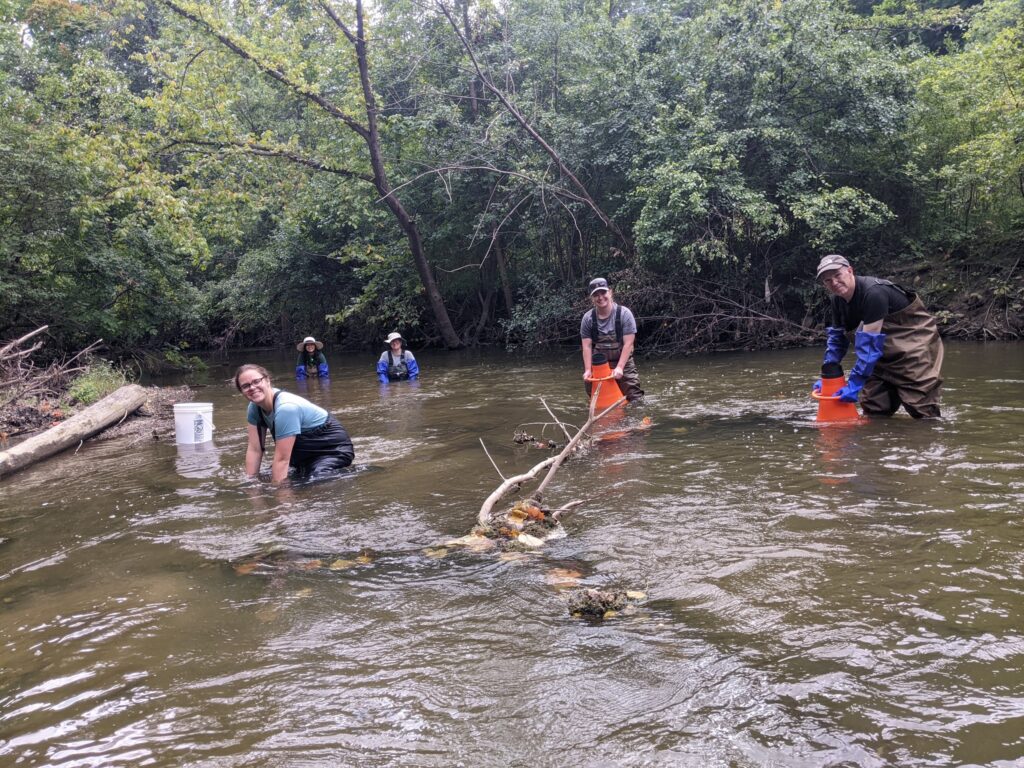
Monitoring Activities
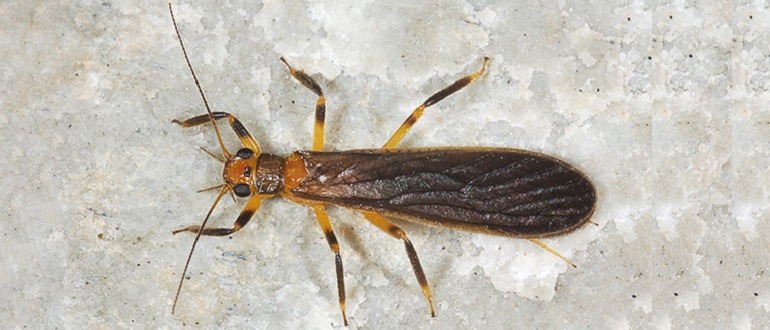
Bugs
Do you ever wonder about what lives in the river besides fish and turtles? Come to one of our Rouge River Bug Hunts and see for yourself the amazing variety of aquatic insects, crayfish, snails, clams, and more.
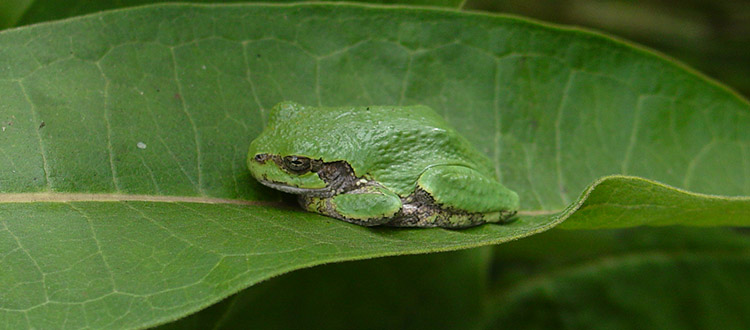
Frog & Toad
The presence of a diverse assemblage of frog and toad species is an indication of high quality wetlands. Calling amphibians (frogs and toads) can be readily surveyed through listening surveys.
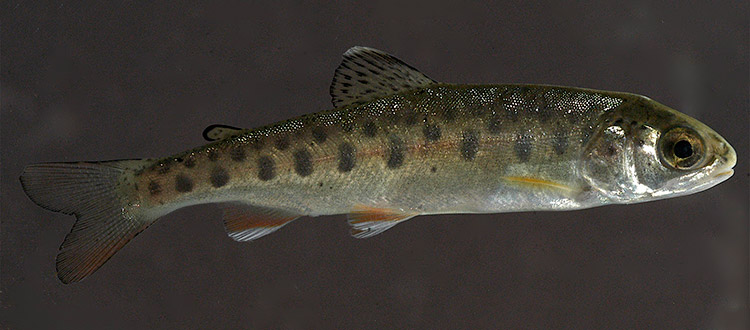
Fish
FOTR has sampled 135 sites and identified 55 native and 9 non-native species.
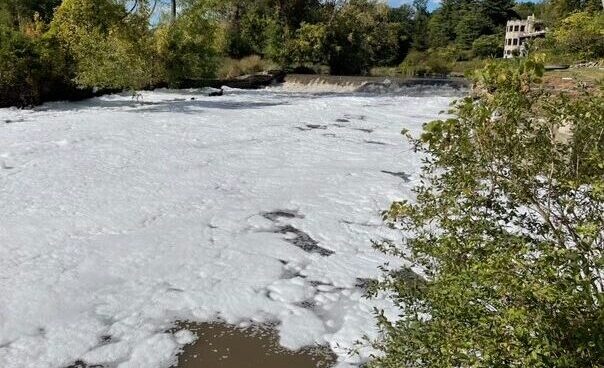
Water Quality Testing
Please check back soon for more information about FOTR’s Water Quality Testing.
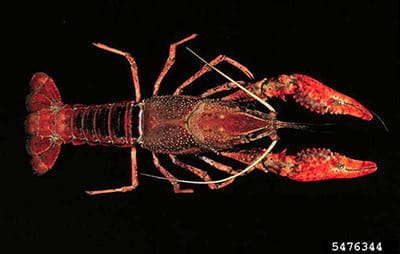
Invasive Aquatic Species Monitoring
Please check back soon for more information about FOTR’s Water Quality Testing.
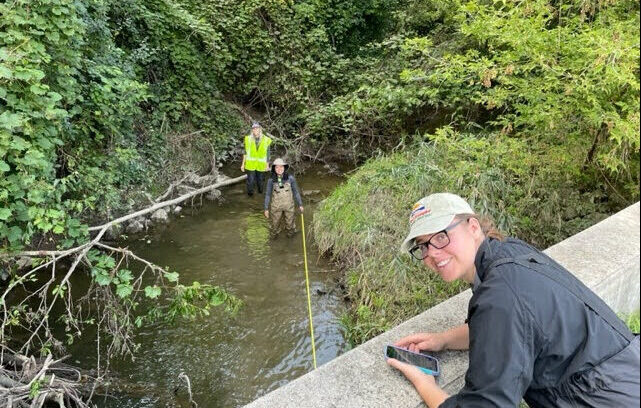
Fish Passage Survey
Summer of 2024, FOTR culvert technicians led the sampling of over 225 sites along the Lower Rouge and its tributaries where the stream crosses a road. Check out the new stream crossing dashboard, where every single site can be found with corresponding data and scoring.
Sites Investigated
We have 143 stream sites where we have collected data on benthic macroinvertebrates and fish and 905 quarter sections with frog and toad observations. Reports are available under the three programs (Bug Hunts, Frog & Toad Survey, Fish) and we are in the process of adding the data so that it is more freely available. Download Survey Blocks HERE.